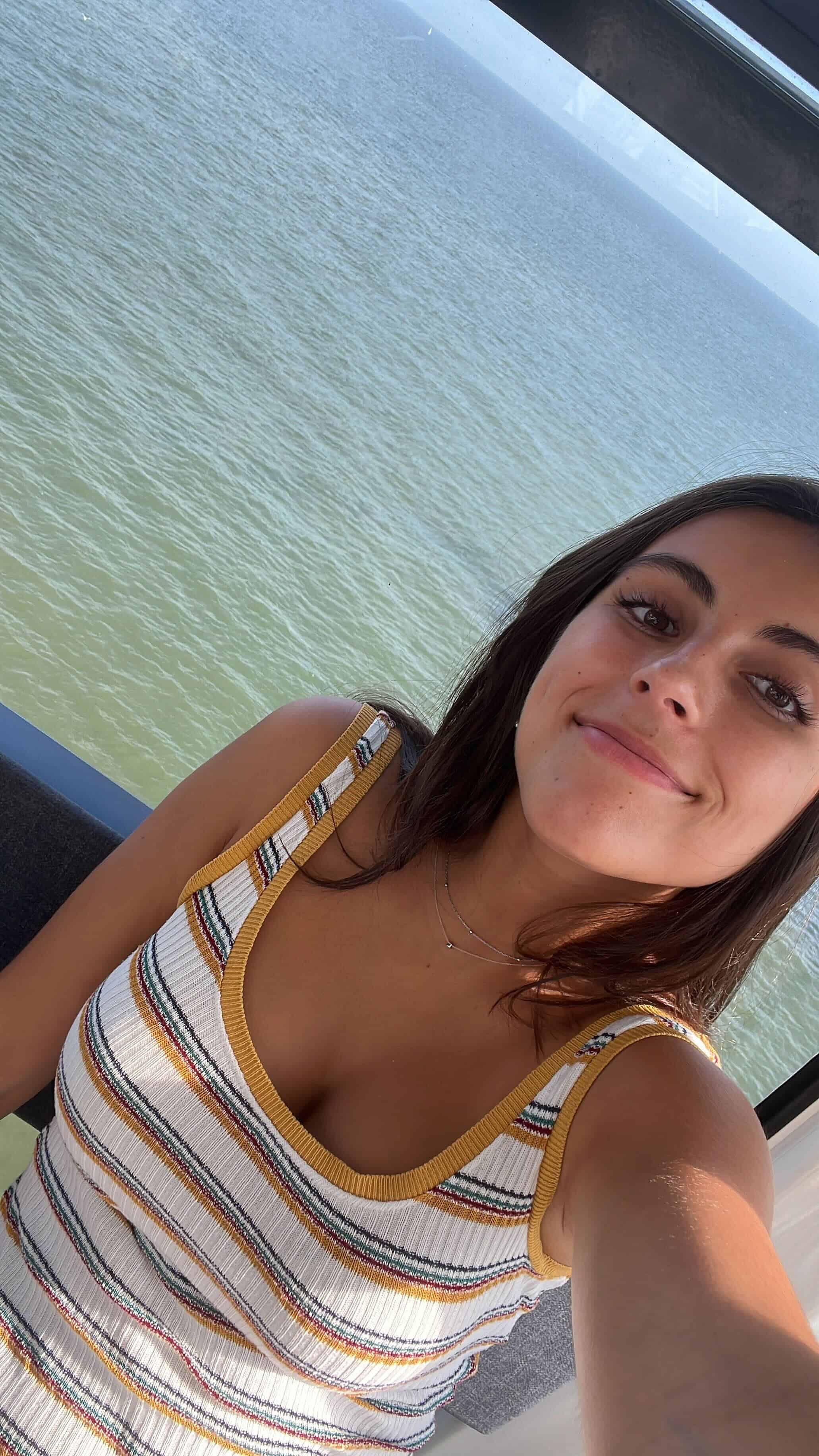
Roboat, a startup developing an autonomous navigation system for inland waterway transportation, has successfully raised €550,000 in new funding. The spin-off from the Massachusetts Institute of Technology (MIT) and the Amsterdam Institute for Advanced Metropolitan Solutions (AMS) plans to transform urban waterway transport with fully autonomous boats, enhancing safety, efficiency, and sustainability.
The funding was secured with the support of venture capital firms SHIFT Invest and LUMO Labs, which announced the deal in a recent press release.
Smooth sailing: AI-powered autonomy for complex waterways
Roboat’s AI-driven system is engineered to navigate the intricate and bustling urban and inland Dutch waterways, where heavy traffic is a daily challenge. This autonomy system can be integrated into new vessels or retrofitted into existing commercial ships, providing versatile applications like passenger transport, goods delivery, or waste collection. By leveraging autonomous technology, Roboat can significantly reduce the carbon footprint of city logistics.

Roboat in motion: real-world applications
Roboat is already making a splash in the Netherlands and Europe. The GVB (Gemeente Vervoerbedrijf) in Amsterdam, the city’s public transport company, is utilizing the Roboat system for situational awareness on the GVB IJveer, providing an extra set of eyes to support the skippers. Ynse Hendrik Deinema, Roboat CEO & Co-founder, stated, “We are collaborating with multiple clients across the Netherlands and Europe where our system either supports the skipper on the bridge deck or takes full control of navigation, depending on local regulations.”
This substantial investment from LUMO Labs and SHIFT Invest follows earlier funding from Delft Enterprises, underscoring Roboat’s innovative progress and potential. Using advanced technologies, Roboat creates ships capable of perceiving, navigating, and performing tasks autonomously. The system offers a range of features such as situational awareness, decision support, obstacle identification and avoidance, automated docking and mooring, and autonomous sailing. These services are available under a subscription model and can be tailored to meet operators’ specific needs.

